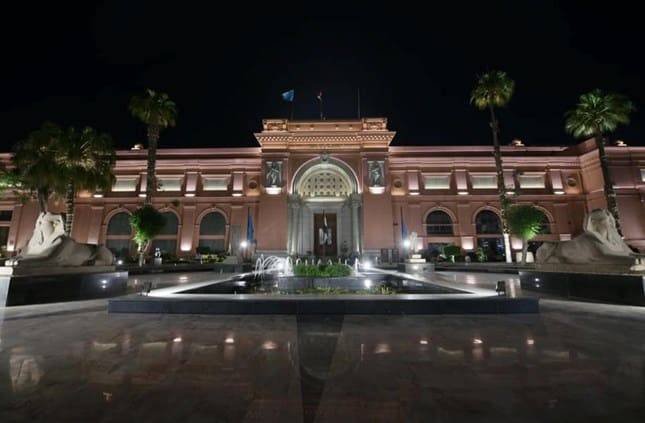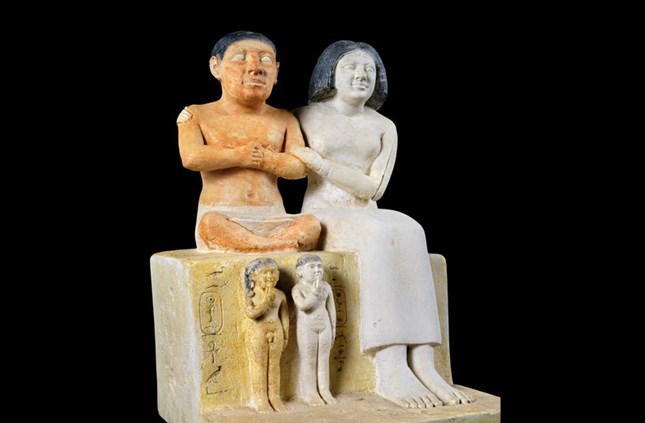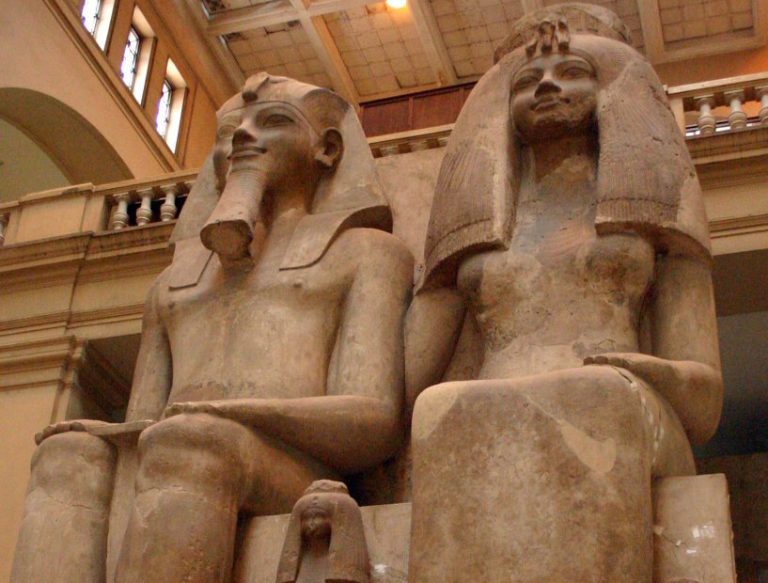The Egyptian Museum in Cairo – A Timeless Treasure Trove of Ancient Civilization
Introduction to the Egyptian Museum
The Egyptian Museum in Cairo, officially known as the Museum of Egyptian Antiquities, stands as one of the most iconic landmarks in the heart of Egypt’s bustling capital. Home to over 120,000 ancient artifacts, this museum is the oldest archaeological museum in the Middle East and arguably one of the most significant in the world. For anyone interested in Ancient Egyptian history, archaeology, or African heritage, a visit to the Egyptian Museum is not just a tour—it’s a journey through time.
Located in Tahrir Square, downtown Cairo, the museum is a must-see for travelers, historians, students, and lovers of culture from all over the globe. It offers unparalleled access to the treasures of ancient Egypt, including the world-renowned Tutankhamun collection, royal mummies, and intricate hieroglyphic relics that date back over 5,000 years.
Historical Significance
Established in 1902, the Egyptian Museum was designed by the French architect Marcel Dourgnon in a neoclassical style. Before this permanent structure was built, Egypt’s priceless antiquities were housed in temporary locations. The creation of the museum marked a monumental step in the country’s effort to preserve and protect its cultural heritage from looting and colonial exploitation.
Today, the museum is not just a storage facility but a symbol of national pride, historical education, and archaeological achievement. As part of Egypt’s broader efforts to promote tourism and cultural identity, the museum plays a critical role in connecting the present with the grandeur of the past.
Iconic Collections and Exhibits
The Egyptian Museum is divided into two main floors: the ground floor and the first floor, each offering a unique look at various eras and aspects of ancient Egyptian life.
Ground Floor – The Old Kingdom to the Greco-Roman Period
The ground floor houses collections chronologically from the Old Kingdom, Middle Kingdom, and New Kingdom periods. Visitors will find:
Statues of Pharaohs such as Ramses II, Amenhotep III, and Khafre
Stone sarcophagi, intricate stelae, and carved reliefs
Artifacts from the Amarna Period, highlighting the reign of Akhenaten and the religious revolution that worshipped the sun disc, Aten
First Floor – Tutankhamun and Beyond
The most popular area is the first floor, which contains the world-famous treasures of Tutankhamun, including:
The gold funerary mask – perhaps the most iconic image of Ancient Egypt
Jewelry, furniture, weapons, and chariots found in his intact tomb
Canopic jars, golden shrines, and ceremonial artifacts
The Royal Mummy Room is another key highlight, displaying the preserved remains of powerful Pharaohs like Seti I, Ramses II, and Thutmose III. This area offers a rare and eerie glimpse into the mummification techniques and beliefs of ancient Egyptians regarding the afterlife.
Educational Value and Research Importance
Beyond its role as a tourist attraction, the Egyptian Museum is a hub for Egyptologists, students, and cultural historians. Its archives and research facilities are used for:
Archaeological studies
DNA testing on royal mummies
Preservation and restoration of ancient manuscripts and relics
The museum continues to contribute to academic research and global understanding of early African civilizations and their contributions to art, science, governance, and spirituality.
Advertisements
Planning Your Visit – Tips and Practical Information
Location: Tahrir Square, Downtown Cairo, Egypt
Opening Hours: 9:00 AM to 5:00 PM (last entry at 4:00 PM)
Ticket Prices:
General Admission: EGP 200 (foreigners)
Students: EGP 100
Additional fees apply for the Royal Mummy Room and photography
Visitor Tips:
Visit early in the morning to avoid crowds and experience cooler weather.
Allow at least 3–4 hours to explore thoroughly.
Hire a certified tour guide or Egyptologist to gain deeper insight into the artifacts.
Photography is permitted in most areas for a fee; however, flash is not allowed.
Nearby Attractions
Make the most of your trip by exploring other nearby landmarks in Cairo:
Tahrir Square – a political and cultural focal point in modern Egyptian history.
Nile River Cruises – enjoy an evening boat ride and see Cairo’s skyline.
The Cairo Tower – for panoramic views of the city.
Islamic Cairo – filled with mosques, bazaars, and historic buildings.
Egyptian Museum vs. Grand Egyptian Museum (GEM)
Many travelers ask whether to visit the Egyptian Museum in Tahrir or wait for the Grand Egyptian Museum (GEM) near the Pyramids of Giza. While GEM is expected to become the largest archaeological museum in the world, the Tahrir museum still holds immense value for:
Its central location
Nostalgic architecture
An authentic experience of early museum curation in Egypt
Both museums complement each other, and visiting both offers a broader understanding of Egypt’s ancient legacy and its modern preservation efforts.
Cultural and National Importance
For Egyptians, the museum is more than just a tourist destination. It is a living archive of the country’s identity, struggles, and glory. Over the decades, it has withstood wars, revolutions, and modernization while remaining a beacon of knowledge.
Events like World Heritage Day, Museum Night, and Educational Tours for Schools are hosted regularly to engage both locals and visitors in appreciating Egypt’s past.
Why the Egyptian Museum Should Be on Your Bucket List
Whether you’re a history enthusiast, solo traveler, photographer, or curious explorer, the Egyptian Museum offers a unique opportunity to:
Witness the craftsmanship of ancient civilizations
Understand the spiritual and political systems of the pharaohs
Experience Africa’s most iconic museum collection first-hand
Its artifacts tell stories of love, war, religion, invention, and eternity—all under one roof.
Read More: The Egyptian Museum
Similar Places: Museum of Gidan Makama
Cairo
Cairo
11663
Egypt
Sorry, no records were found. Please adjust your search criteria and try again.
Sorry, unable to load the Maps API.


